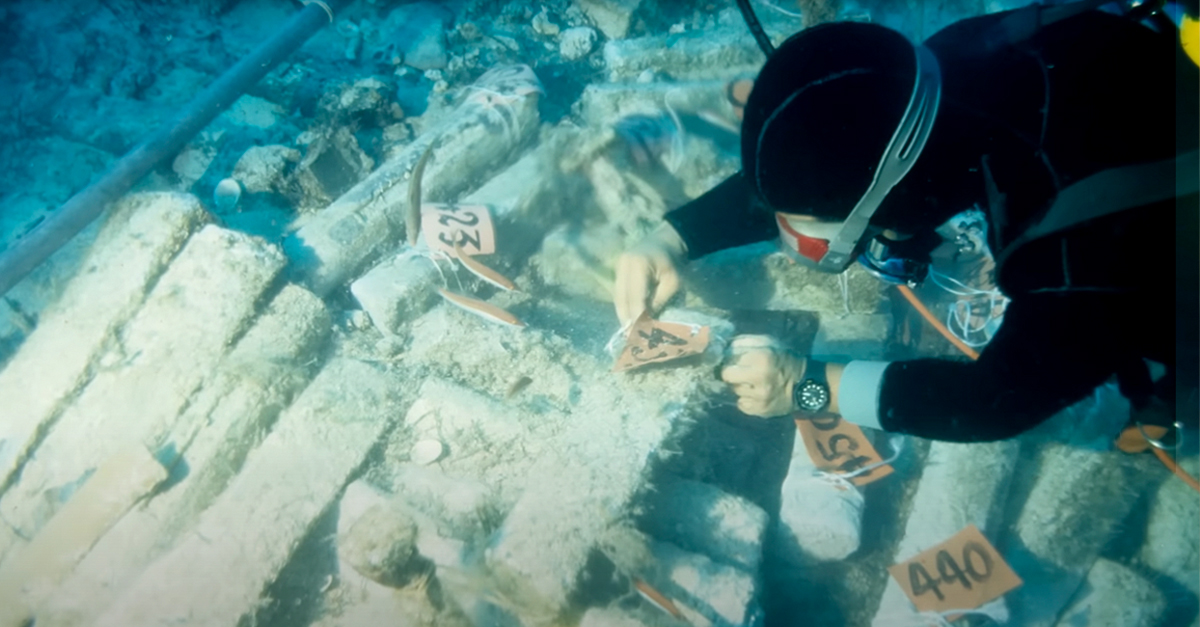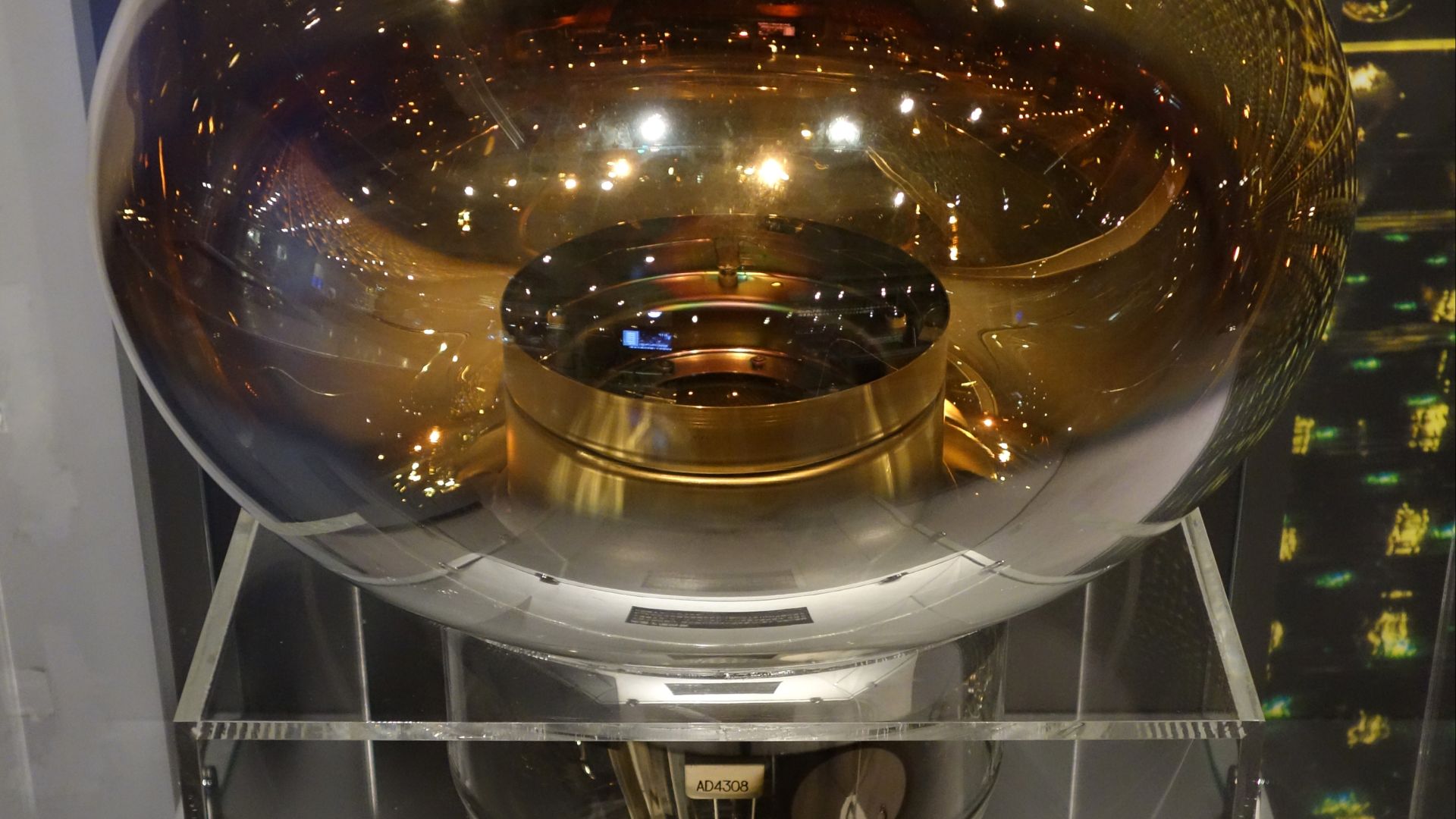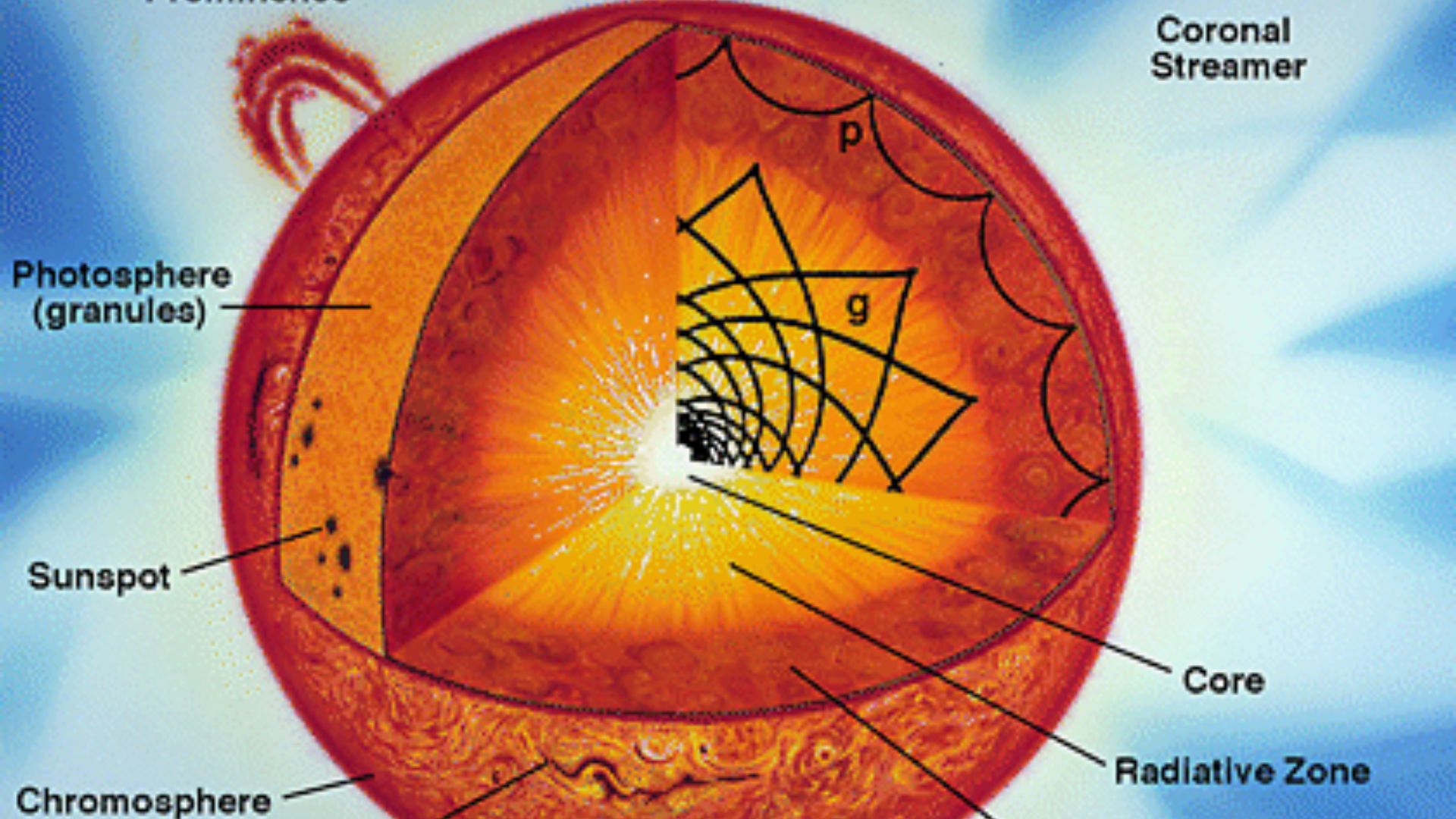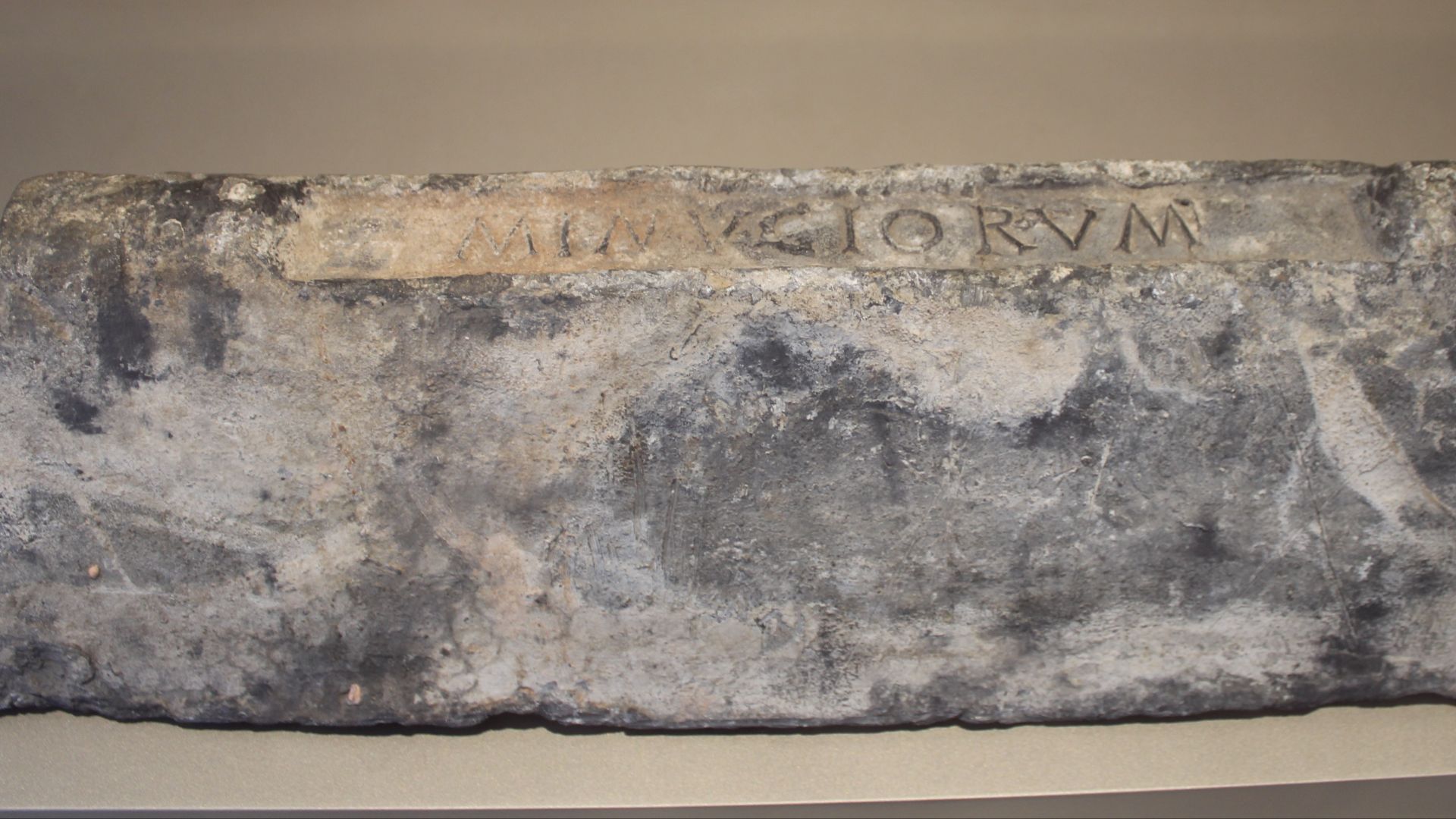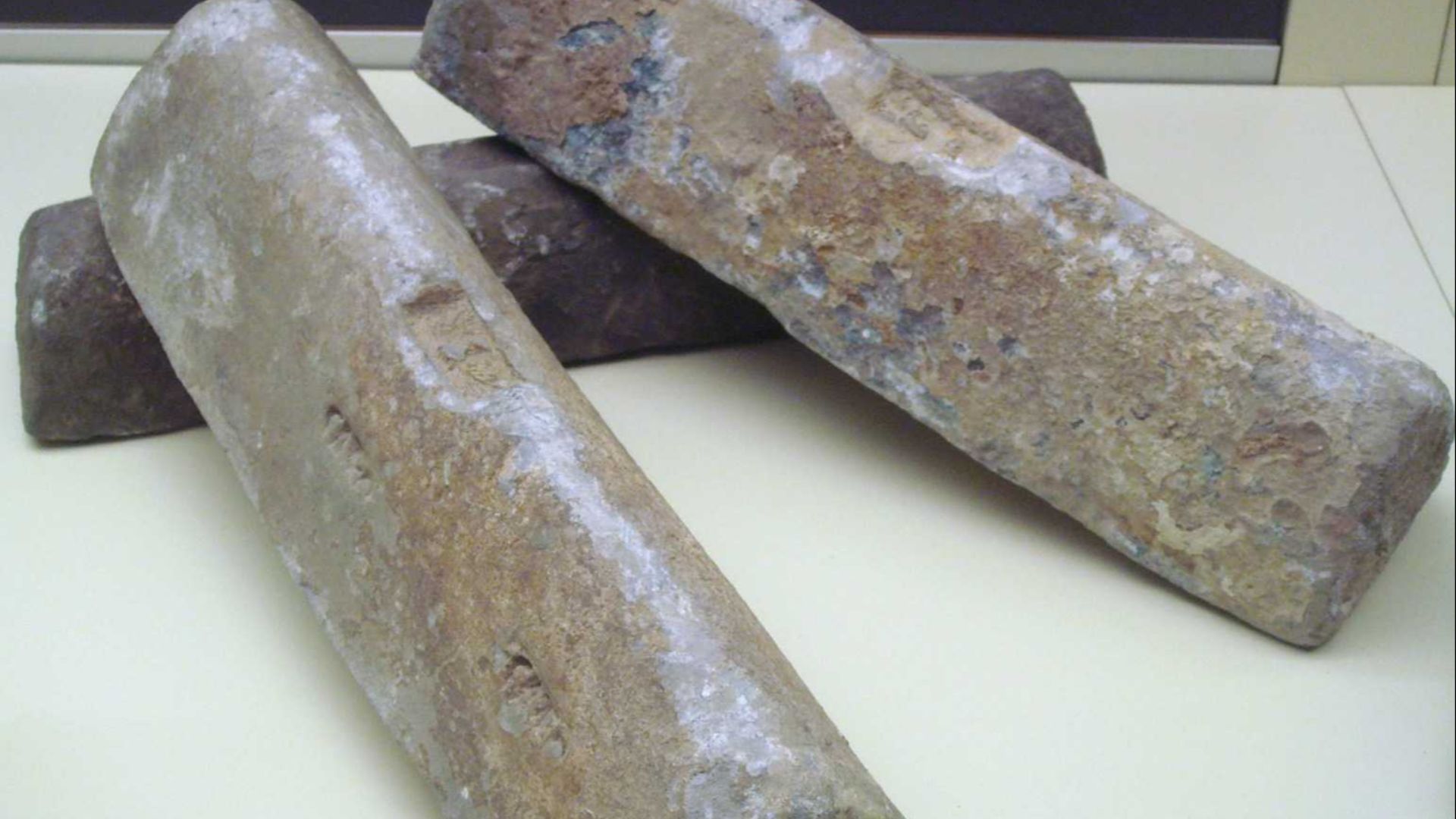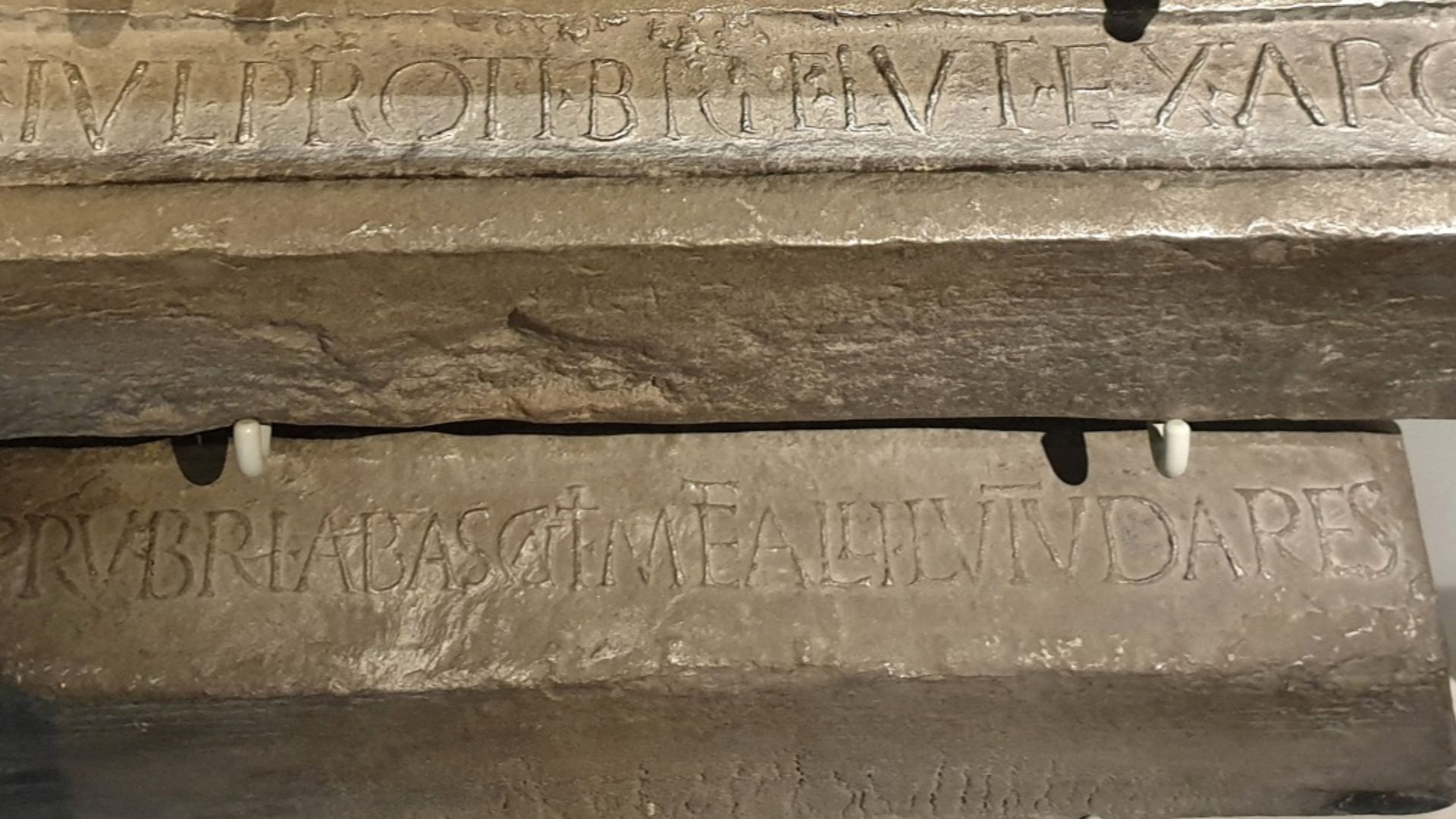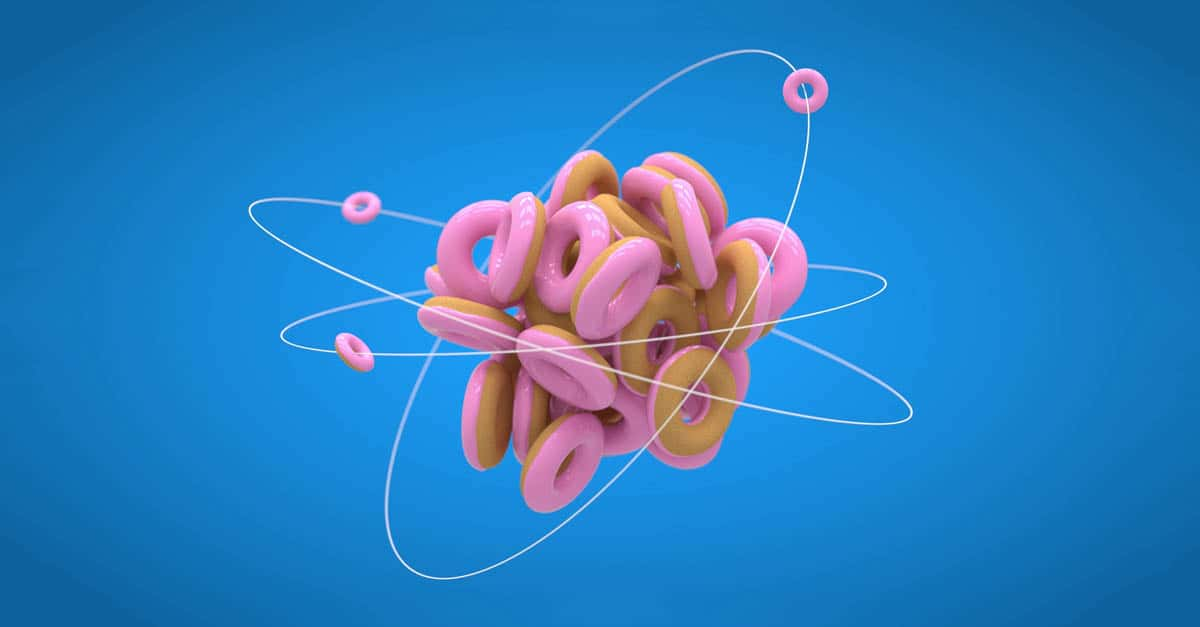Ancient Shipwrecks Meet Modern Science
Deep beneath the Mediterranean Sea, a sunken Roman vessel held a peculiar treasure, 2,000-year-old lead ingots. But this wasn’t just archaeological gold. Decades later, these lead bars were extracted not for history museums, but for cutting-edge particle physics. Welcome to one of the strangest crossovers in science.
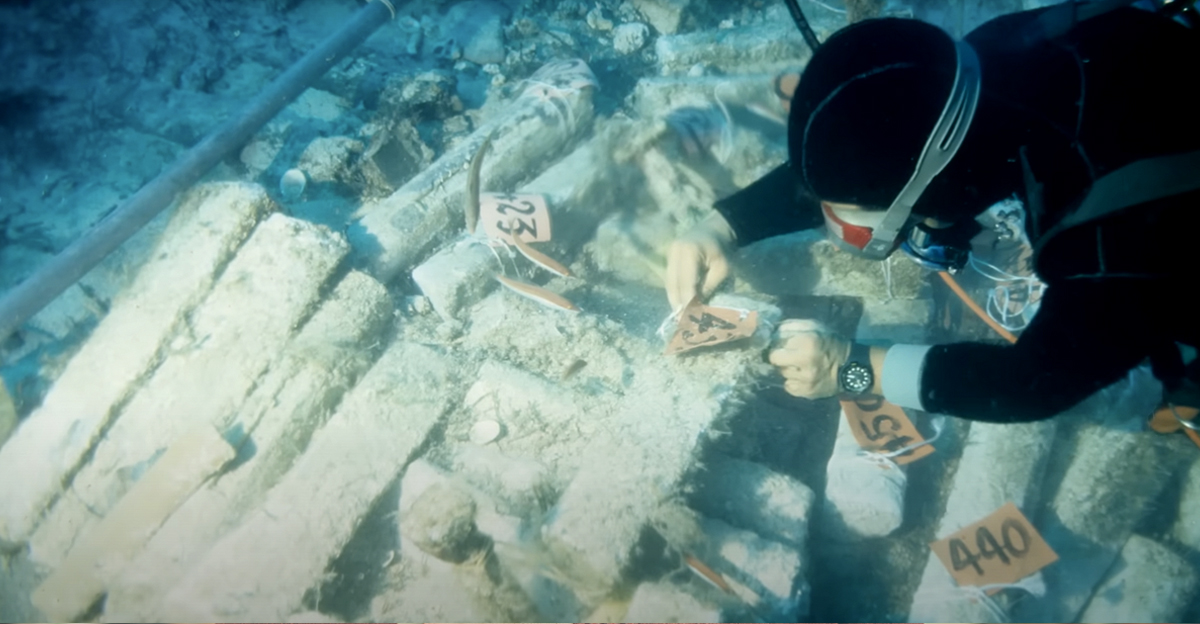
The Ghost Hunters of Physics
Physicists have long hunted “phantom particles”, elusive subatomic entities called neutrinos. These ghost-like particles pass through ordinary matter almost entirely undetected. But one Italian experiment, CUORE, decided to go big in the quest to finally pin them down.
What Is CUORE Anyway?
CUORE stands for Cryogenic Underground Observatory for Rare Events. Nestled under Italy’s Gran Sasso mountain, this experiment aims to detect a theoretical process called neutrinoless double beta decay, which could prove that neutrinos are their own antiparticles.
The Coolest Detector in the World
CUORE operates at a temperature of 10 millikelvin, colder than outer space. This extreme cold helps minimize background noise so the researchers can spot incredibly rare particle interactions. But even this isn’t enough. They need shielding, lots of it.
The Problem With Modern Lead
Lead is commonly used to block radiation, but modern lead has a big flaw: it’s “noisy.” Why? Because it contains trace amounts of radioactive isotopes like Pb-210. That noise can overwhelm the delicate CUORE detectors.
Enter: Ancient Roman Lead
Lead that has been underwater for 2,000 years loses much of its radioactive signature. The ingots salvaged from a Roman shipwreck off Sardinia had decayed into near silence, making them ideal radiation shields for CUORE’s detectors.
 The Portable Antiquities Scheme, Wikimedia Commons
The Portable Antiquities Scheme, Wikimedia Commons
A Treasure Beneath the Waves
The shipwreck in question, discovered in the 1980s near the island of Sardinia, carried 2,000-year-old Roman lead ingots, unused, neatly stacked, and perfectly preserved. Archaeologists were thrilled… until the physicists arrived.
The Great Lead Heist?
Physicists struck a deal with Italian authorities to use about 120 of the shipwreck’s lead ingots for CUORE. But this move sparked outrage. To some, it looked like science was looting cultural heritage for its own gain.
 The CUORE Underground Experiment Narrows the Search for Rare Particle Process, Universita di Padova
The CUORE Underground Experiment Narrows the Search for Rare Particle Process, Universita di Padova
Archaeologists vs. Physicists
The controversy quickly escalated. Archaeologists argued that historical artifacts should remain untouched or preserved. Physicists countered that the lead was more valuable in unlocking secrets of the universe than sitting in storage.
 Nanosanchez, Wikimedia Commons
Nanosanchez, Wikimedia Commons
The Shield That Time Forged
CUORE’s shielding system used ancient Roman lead to wrap its cryogenic detectors. The low-radioactivity lead helped reduce background radiation by orders of magnitude, essential for detecting rare neutrino events.
What’s So Special About Neutrinos?
Neutrinos are everywhere, generated by the sun, nuclear reactors, and even the Big Bang. But they’re so slippery that trillions pass through your body every second without you feeling a thing. Understanding them could transform physics.
The Neutrinoless Double Beta Decay Mystery
If CUORE detects neutrinoless double beta decay, it could confirm that neutrinos are Majorana particles, meaning they are their own antiparticles. This would revolutionize our understanding of matter and the universe itself.
A One-in-a-Trillion Event
Neutrinoless double beta decay is extremely rare, if it exists at all. Detecting one event could take years of data, enormous patience, and incredibly sensitive equipment, hence the desperate need for pure, ancient lead shielding.
The Ethics of Science vs. History
The CUORE lead controversy sparked debate in academic journals and news outlets. Should cultural heritage be sacrificed for scientific progress? Can these goals coexist, or must one yield to the other?
International Attention, Heated Debate
As news spread, organizations like UNESCO and cultural preservationists weighed in. Many saw this as a precedent that might allow more ancient artifacts to be reappropriated in the name of science.
Italian Government Steps In
Ultimately, Italy’s National Institute for Nuclear Physics (INFN) received formal permission to use the ingots. Strict agreements ensured documentation and preservation of unused lead for historical study.
 INFN - National Institute of Nuclear Physics, Trieste - Overview, SiS FVG
INFN - National Institute of Nuclear Physics, Trieste - Overview, SiS FVG
A Lead Legacy Reimagined
The Roman lead had once been bound for plumbing, coinage, or weapons. Now, millennia later, it served as a high-tech shield in one of the most sensitive physics experiments ever designed.
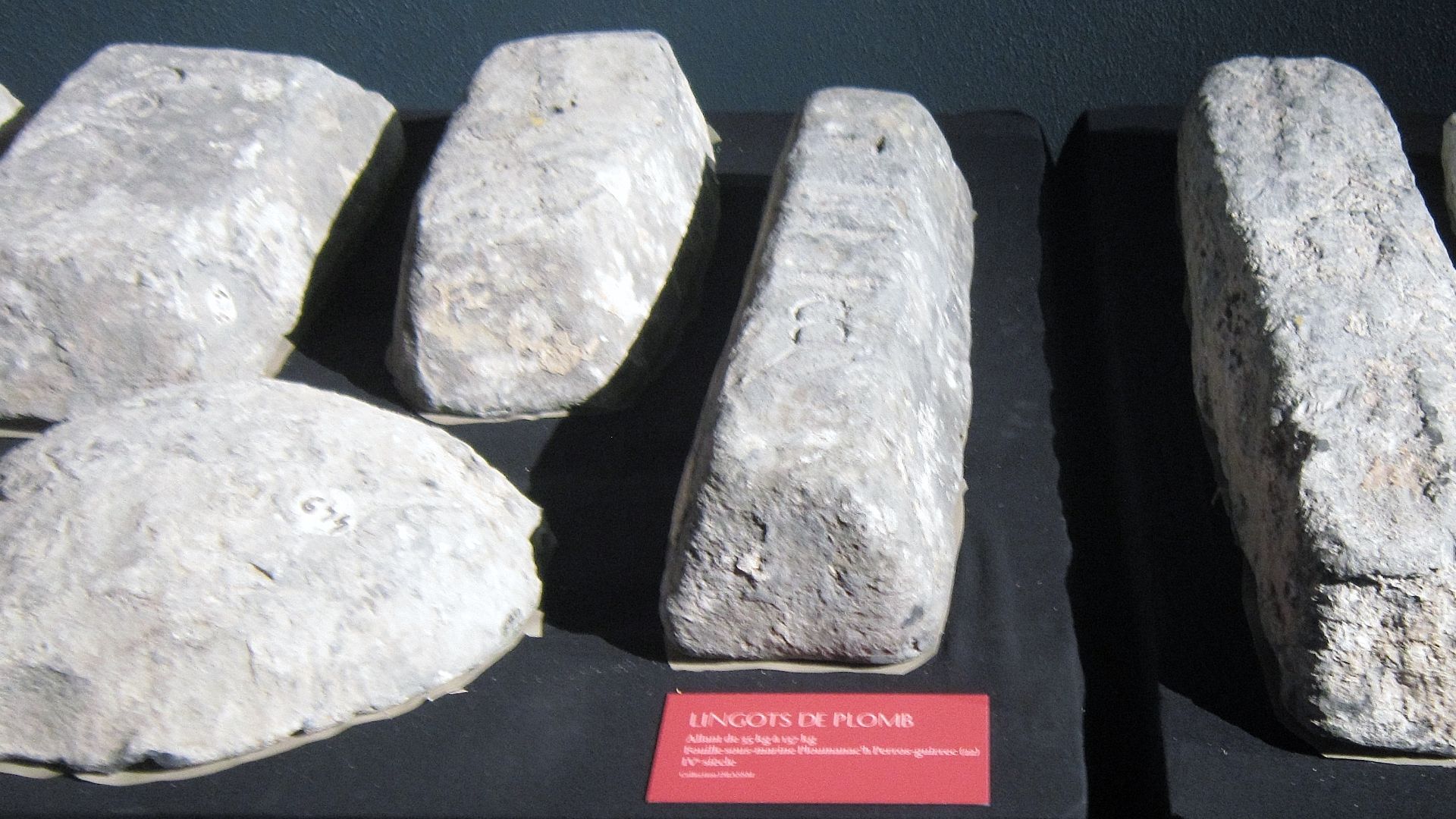 Moreau.henri, Wikimedia Commons
Moreau.henri, Wikimedia Commons
CUORE’s Cold Heart Begins Beating
CUORE began full operations in 2017, with 988 tellurium oxide crystals arranged in 19 towers, all surrounded by the ancient lead shield. Every tiny vibration is monitored, hoping for a neutrino “ghost” to leave a trace.
 Davide italy, Wikimedia Commons
Davide italy, Wikimedia Commons
So… Did They Find Anything?
As of now, CUORE has not yet detected neutrinoless double beta decay. But it has set world-leading limits on how rare such an event must be, helping to narrow the search for future experiments.
Science Is a Slow Burn
The CUORE team remains hopeful. Even if no signal is found, the experiment provides crucial data. The ultra-clean environment created using ancient lead sets the stage for even more sensitive future detectors.
Other Labs Want Ancient Lead Too
CUORE isn’t alone. Other physics labs, including those searching for dark matter or building next-gen detectors, are seeking ancient lead. Roman shipwrecks may become high-value scientific assets, raising more ethical alarms.
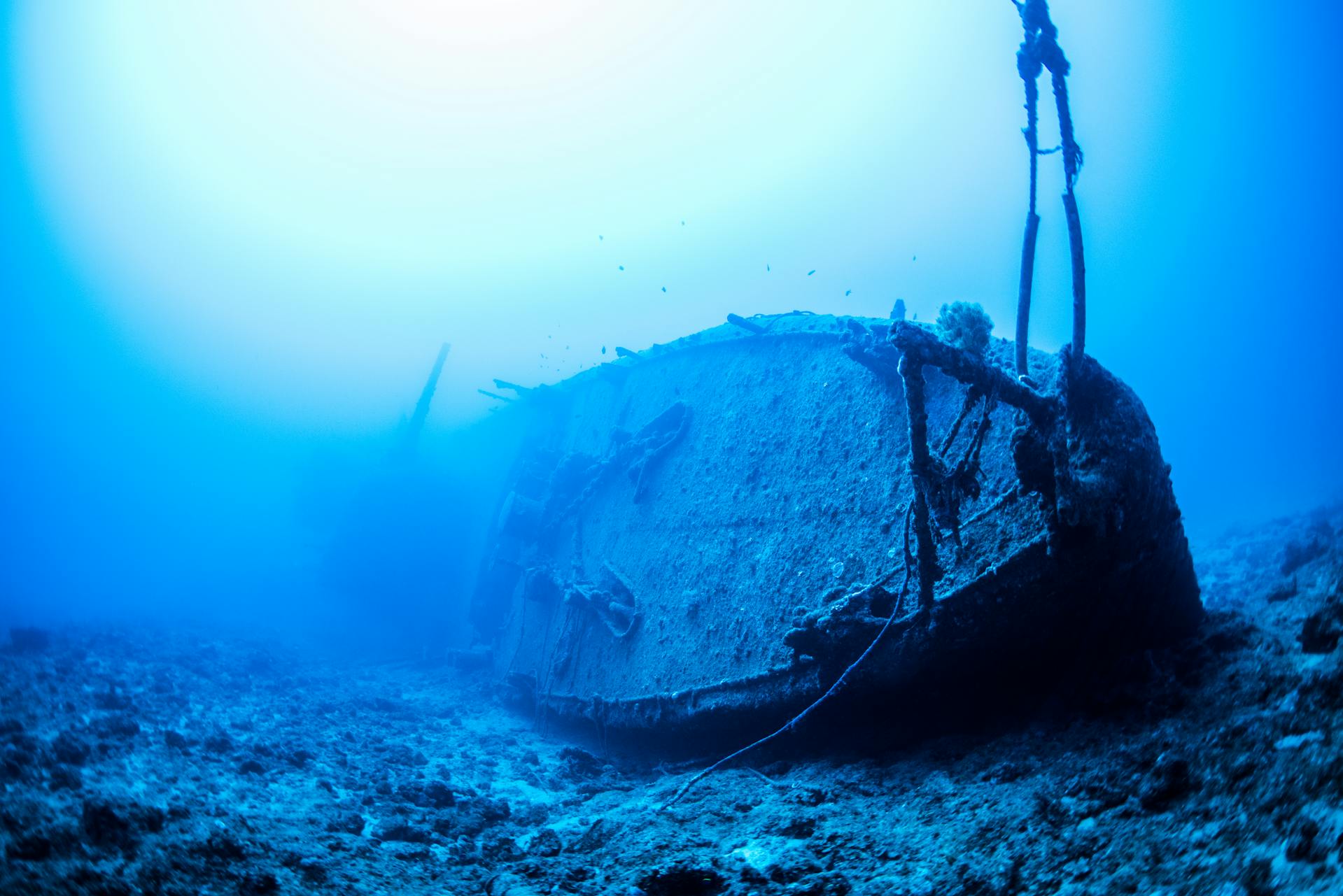 Okinawa Diving School World Diving, Pexels
Okinawa Diving School World Diving, Pexels
A New Kind of Shipwreck Looting?
Critics argue this creates a slippery slope, where historical sites are raided for scientific material. Scientists argue it’s a matter of perspective: is it looting or collaboration?
 Leonidas Kourentis, Wikimedia Commons
Leonidas Kourentis, Wikimedia Commons
Some Compromises Are Emerging
Some archaeologists now work alongside physicists to select ingots with minimal historical context, leaving more significant artifacts untouched. This could be a path to harmony between science and heritage.
From Empire to Experiment
There’s something poetic about this transformation, Roman engineering repurposed for cosmic exploration. Lead that once powered an empire now helps explore the origins of the universe.
 Attributed to Apollodorus of Damascus / Conrad Cichorius, Wikimedia Commons
Attributed to Apollodorus of Damascus / Conrad Cichorius, Wikimedia Commons
The Cold Quest Continues
CUORE’s successors, like CUPID (CUORE Upgrade with Particle IDentification), plan to go even further in sensitivity, still using cryogenic techniques, and still needing ultra-pure shielding.
Lead With a Story
Each ingot in CUORE’s shield carries a story. Melted from ore in Roman furnaces, lost at sea, and buried for centuries, then brought back for one of humanity’s most audacious scientific quests.
 Romainbehar, Wikimedia Commons
Romainbehar, Wikimedia Commons
The High Cost of Purity
Creating clean environments for particle detection is incredibly difficult. CUORE’s lead was a shortcut nature provided, one with historical cost. It’s a reminder that purity always comes at a price.
 The Portable Antiquities Scheme/ The Trustees of the British Museum, Wikimedia Commons
The Portable Antiquities Scheme/ The Trustees of the British Museum, Wikimedia Commons
When Past and Future Collide
CUORE is more than a physics lab, it’s a metaphor. Ancient civilization meets future science. Ethical debates arise not just about what we know, but what we’re willing to sacrifice to learn more.
What Will Future Historians Say?
Centuries from now, will people marvel at our use of ancient materials to probe the universe? Or will they see it as short-sighted destruction? That question still echoes in academic circles today.
Ghost Particles and Sunken Empires
The CUORE experiment may or may not find the mysterious neutrino decay it seeks. But its journey, fueled by shipwrecked lead and a dream of understanding the universe, is already one for the history books.
 Karen Andeen and Matthias Plum, CC BY 4.0, Wikimedia Commons
Karen Andeen and Matthias Plum, CC BY 4.0, Wikimedia Commons

